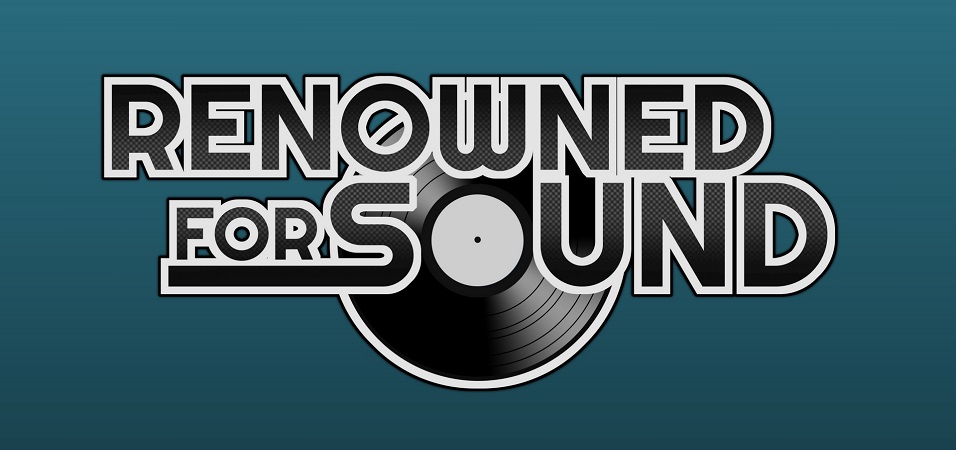DVD Review: In The Heart of The Sea
3 min read
In the Heart of the Sea is a film based on the events that inspired Herman Melville’s Great American Novel, Moby Dick, which saw a whaling vessel destroyed by a colossal sperm whale. Directed by Ron Howard (Frost/Nixon), and re-teaming him with Rush star, Chris Hemsworth (Thor: The Dark World), the film is an interesting look at the events that took place in the aftermath of the classic novel’s story.
 Set in 1820, the film follows the New England whaling vessel, Essex, and it’s crew of burly men, including the experienced hunter and first officer, Owen Chase (Chris Hemsworth), and his childhood friend (Cillian Murphy). But when the ship encounters a giant whale that tears the ship to shreds, the men are left stranded and must face the dangers of starvation, storms and themselves, as they drift aimlessly at sea. Even as the unexperienced Captain (Benjamin Walker) tries to regain some sense of control, Chase becomes obsessed with this great whale that periodically appears to wreak havoc, and which almost appears to be hunting them as prey.
Set in 1820, the film follows the New England whaling vessel, Essex, and it’s crew of burly men, including the experienced hunter and first officer, Owen Chase (Chris Hemsworth), and his childhood friend (Cillian Murphy). But when the ship encounters a giant whale that tears the ship to shreds, the men are left stranded and must face the dangers of starvation, storms and themselves, as they drift aimlessly at sea. Even as the unexperienced Captain (Benjamin Walker) tries to regain some sense of control, Chase becomes obsessed with this great whale that periodically appears to wreak havoc, and which almost appears to be hunting them as prey.
The film is framed by an interview that takes place between Melville (Ben Whishaw), the soon to be author of Moby Dick, and the last living survivor of the Essex voyage, Thomas Nickerson (Brendan Gleeson). Traumatised by the events that he witnessed first-hand as a boy (Tom Holland), and unwilling to divulge a painful secret that has plagued him ever since, he is resistant to reliving the past but is pushed on by his wife (Michelle Fairley) to tell his story.
For the most part, this interview works and never feels intrusive on the story being told, mainly due to Gleeson’s (Edge of Tomorrow) captivating weathered and tired performance. He has a nice rapport with Whishaw (The Lobster), and the two play nicely against each other as the young writer attempts to discover the buried secrets within the old man’s memory. Hemsworth seems right within his comfort level here as the Indiana Jones-type adventurer that becomes fixated on bringing down the whale, and while the script may let him down towards the end, his physical transformation throughout the film is rather amazing. Murphy (Inception), Walker (Flags of our Fathers) and Holland (The Impossible) all do well in their parts respectively, although at times are left sidelined from the story, and as with any film set Boston, accents tend to vary from good to caricature-ish.
The film incorporates a fairly extensive use of CGI to create the vibrant depths of the ocean below, and while there are some shots that seem to strike the right balance, most audiences will find the overly translucent whales to be more reminiscent of something out of Peter Jackson’s King Kong than the realistic appearance of the sea creatures. Admittedly, it does work during the times when the men could potentially be imagining the great white whale as is hinted at later on, but for the most part, the graphics are just a little too cartoony for the rather grim tale that’s being told.
The film’s weakest link is its attempt to deliver some form of moral stance, with particular regards to the whaling industry and the idea of killing in general, as well as some other more grotesque issues. The last act attempts to capitalise on this through Chase’s relationship with beast (the whale) and man (Captain Pollard) but neither feels fleshed out enough to be satisfying, and instead feels like we’re watching plot points that leap-frog to the desired moral conclusions, rather than a well-developed story. Howard is at least able to instil some sense of wonder into the act of whale killing, and does the rather hard act of keeping our heroes likeable even as they attack hordes of whales earlier on.
As with any film set on the ocean, the amount of work put into its production is evident and Howard and his crew deserve praise for their efforts. Even without prior knowledge of Moby Dick, there’s enough to keep most audiences entertained between the loud action sequences and the quieter dramatic moments.
